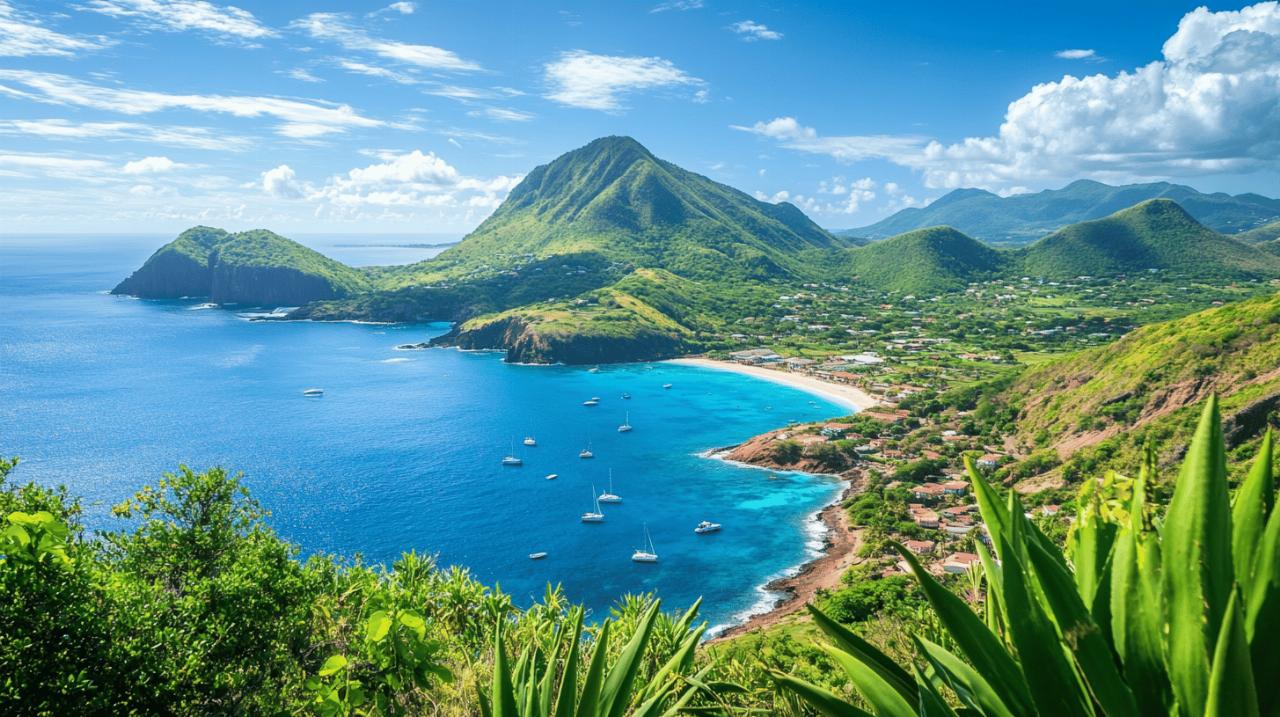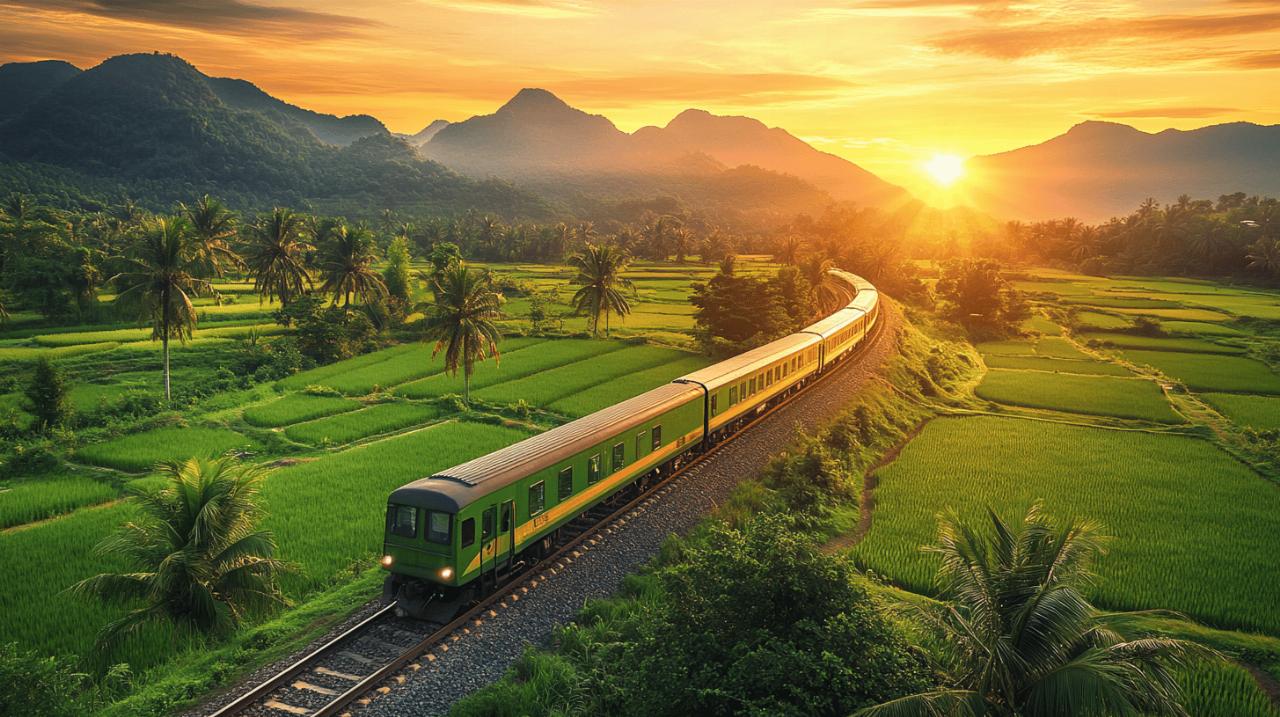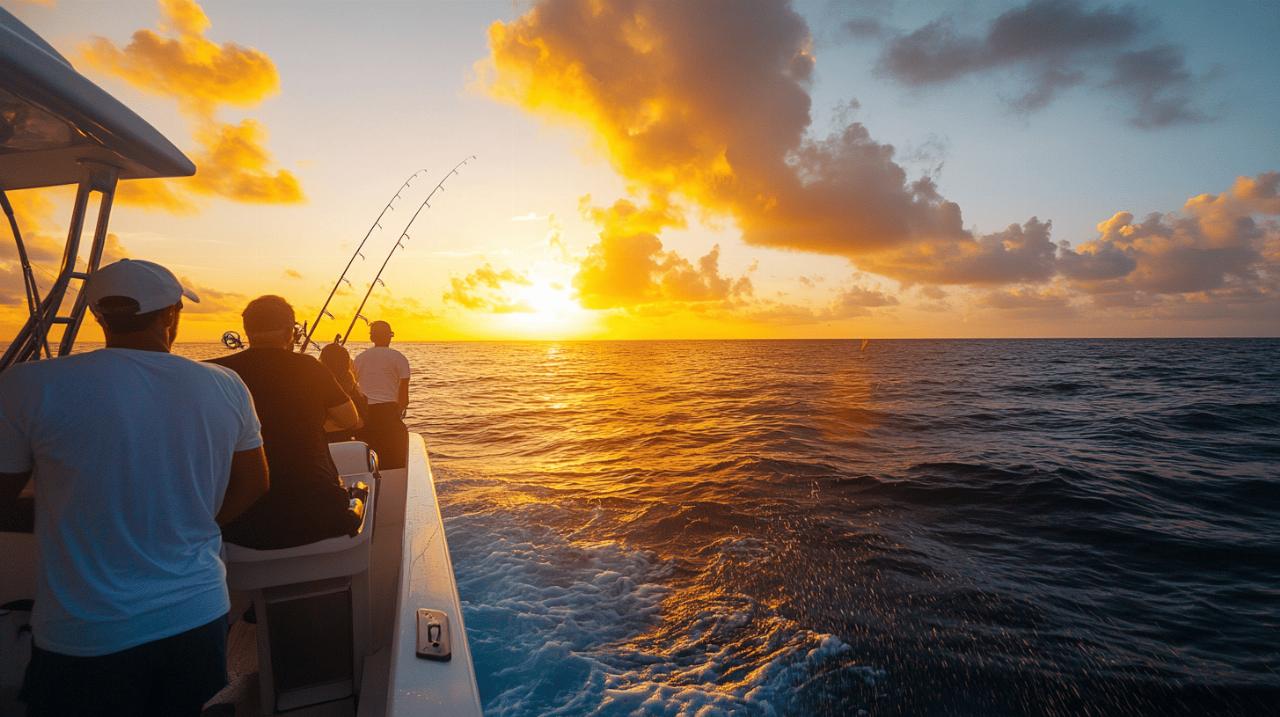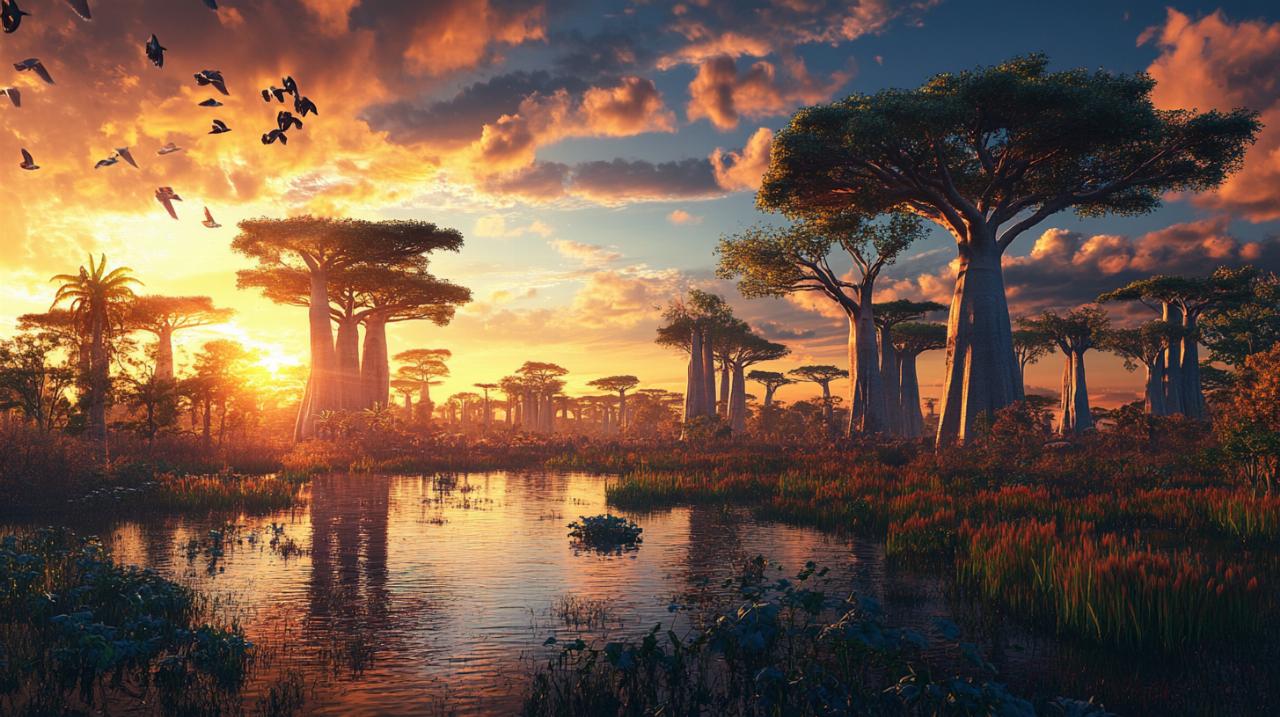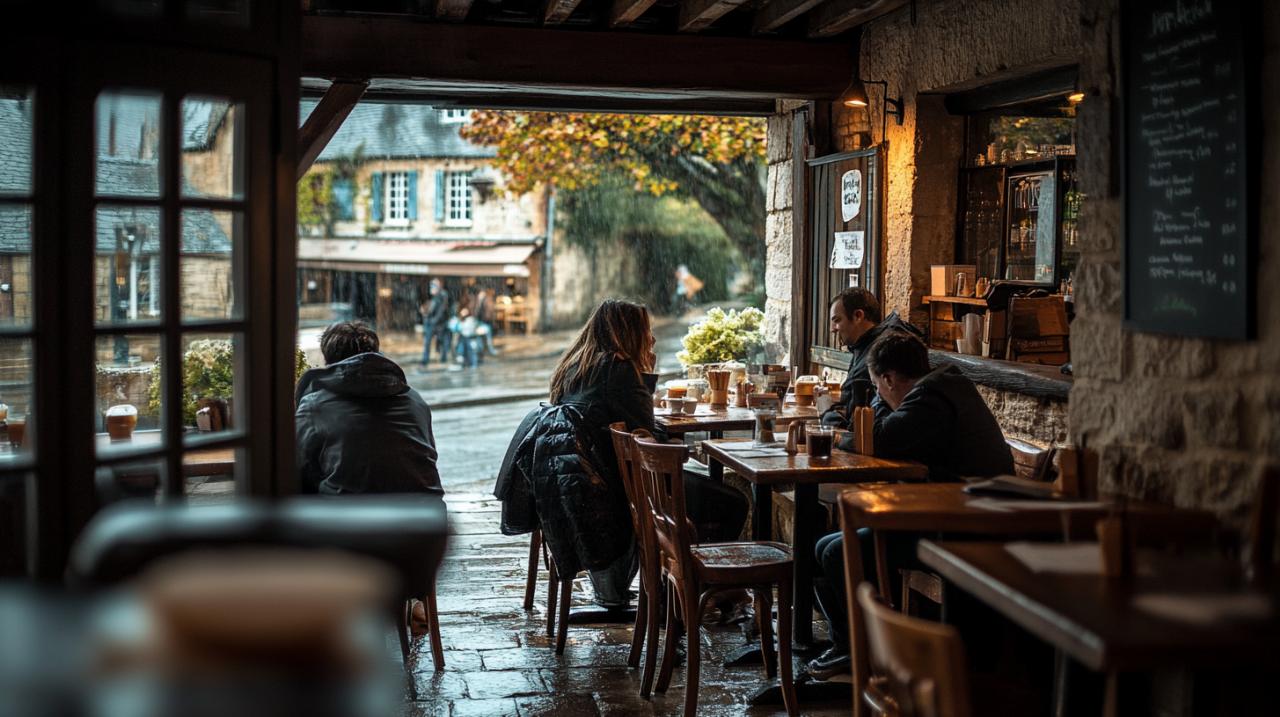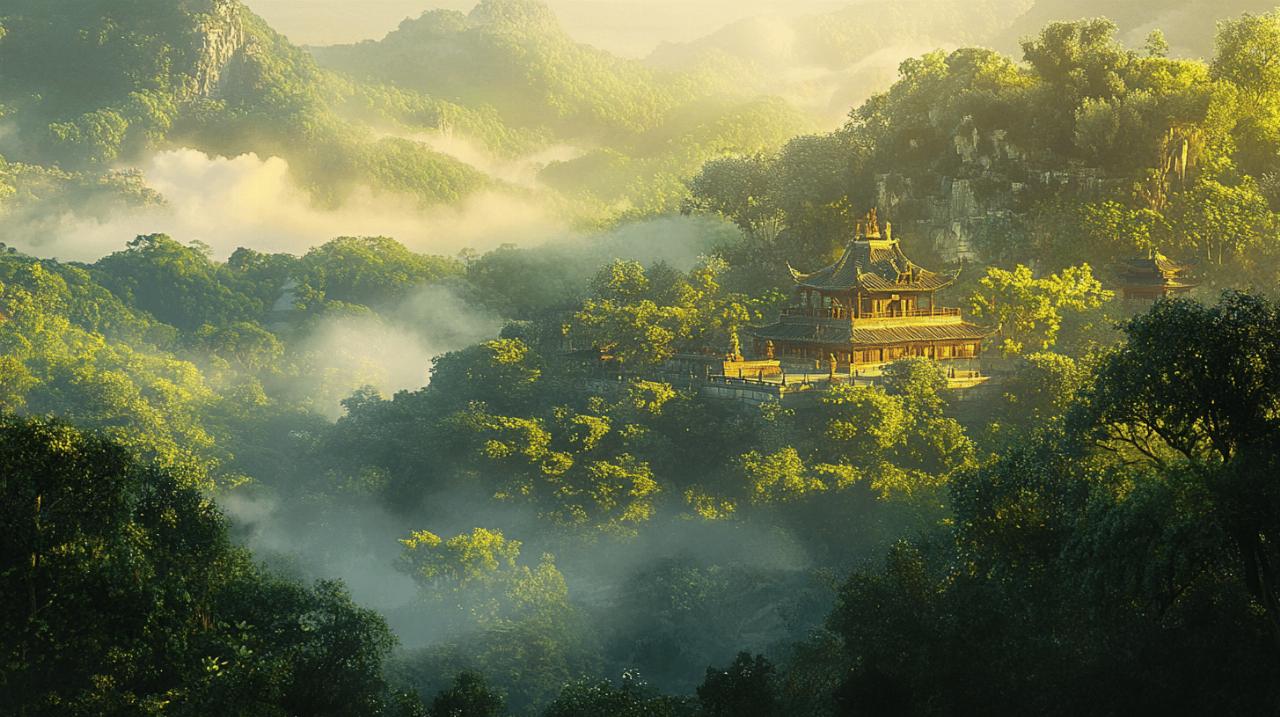Cameroon, often called 'Africa in miniature', boasts a remarkable diversity of landscapes that captivate visitors from across the globe. Its varied terrain, from dense rainforests to expansive savannahs, makes it a paradise for nature enthusiasts and adventure seekers alike. Among its natural treasures, the remote Faro National Park stands as one of the most extraordinary yet lesser-known destinations that deserves greater recognition on the world stage.
Exploring the Diverse Terrains of Cameroon
The Unique Geographical Features of 'Africa in Miniature'
Cameroon earns its nickname as 'Africa in miniature' through its astonishing range of ecosystems and geographical features. The country's landscape encompasses almost every major African terrain type, creating a microcosm of the entire continent. From the Sudano-Sahelian climate of Faro National Park to the coastal beaches of Kribi, Cameroon offers visitors an opportunity to experience the essence of Africa within a single nation.
The Faro landscape, spanning over 2 million acres, represents one of Cameroon's most valuable natural assets. This vast protected area serves as a stronghold for endangered wildlife, including the majestic Lord Derby eland, which finds refuge in this remote corner of Central Africa. The wildlife conservation efforts in this region aim to preserve these unique ecosystems while addressing the challenges they face.
From Yaoundé to Douala: Urban Gateways to Natural Wonders
The journey to discover Cameroon's wild landscapes typically begins in one of its major urban centres. Yaoundé, the capital city, and Douala, the economic hub, serve as essential gateways to the country's natural wonders. These vibrant cities provide necessary infrastructure for visitors before they venture into more remote areas like Faro National Park, located near Garoua in northern Cameroon.
For those planning to explore Faro, travelling from Garoua involves heading northwest on Avenue du 29 Novembre, then onto Avenue de la Réunification. The park itself, while challenging to access, rewards visitors with stunning vistas and opportunities to observe wildlife in a genuinely unspoiled environment, far from the beaten tourist track.
Waza national park: a wildlife haven in northern cameroon
Safari adventures among elephants and lions
While Faro National Park remains relatively unknown, Waza National Park has long been celebrated as one of Cameroon's premier wildlife destinations. Located in the northern region, Waza offers exceptional safari opportunities across its expansive savannah plains. Visitors can observe elephants roaming freely, an experience that underscores the importance of wildlife conservation efforts throughout Cameroon.
The African Wildlife Foundation works extensively in the Faro landscape, which includes not only Faro National Park but also encompasses three national parks and 28 hunting blocks in total. Their integrated programme, supported by the European Union, focuses on protecting critical species including elephants and the largest hippo population in Central and West Africa. These conservation efforts mirror similar work being done in Waza, creating a network of protected habitats throughout northern Cameroon.
Bird Watching Opportunities in the Savannah Plains
The savannah plains of northern Cameroon offer exceptional bird watching opportunities. At Faro National Park, birdlife thrives alongside mammals, creating a diverse ecosystem that draws nature enthusiasts from around the world. The best time to visit is during the dry season when reduced vegetation makes wildlife spotting more accessible, and birds congregate around remaining water sources.
Conservation initiatives led by organisations like the African Wildlife Foundation include training community scout teams to monitor wildlife and guard against poaching. These efforts help preserve the rich biodiversity of places like Faro, ensuring that future generations can continue to enjoy these spectacular natural settings.
Coastal treasures and mountain marvels
Kribi's Beaches and the Spectacular Lobe Falls
Beyond the savannah landscapes of northern Cameroon, the country's coastal region offers a completely different experience. Kribi, with its brilliant beaches and the enchanting Lobe Falls where river water cascades directly into the Atlantic Ocean, provides a stunning contrast to the arid beauty of Faro National Park. This coastal area highlights Cameroon's remarkable geographical diversity.
The work being done in places like Faro National Park to address water scarcity also benefits coastal regions indirectly. The establishment of solar-powered boreholes and water tanks in villages near Faro helps reduce pressure on natural water sources, setting a model for sustainable resource management that could benefit communities throughout Cameroon, from the northern savannahs to coastal settlements.
Conquering mount cameroon: west africa's highest peak
For those seeking adventure, Mount Cameroon presents an exhilarating challenge. As West Africa's highest peak, it offers unparalleled views of surrounding landscapes. The mountain's diverse ecosystems support unique flora and fauna, creating another centre of biodiversity worthy of protection.
Climate change impacts are visible across Cameroon's varied landscapes, from Mount Cameroon to Faro National Park, where rising temperatures can reach scorching highs of 44°C. These changing conditions contribute to challenges like increased transhumance, as herders search for water and grazing lands. Conservation efforts must address these climate realities while working to preserve the country's natural heritage.
Rainforest experiences in cameroon's national parks
Campo Ma'an: Home to Forest Elephants and Diverse Ecosystems
Campo Ma'an National Park in southern Cameroon showcases yet another facet of the country's natural diversity. Its lush rainforests teem with various species of birds, butterflies, and the elusive forest elephant. Unlike the more arid Faro landscape, Campo Ma'an receives abundant rainfall, creating dense vegetation that harbours a different array of wildlife.
The African Wildlife Foundation's work in Faro includes reforestation efforts through the Tchamba Rural Resources Center, which has distributed approximately 8,000 local tree seedlings to communities. These include moringa, anacardium, mangifera, guava, pawpaw, and citrus. Similar sustainable resource management approaches could benefit rainforest regions like Campo Ma'an, creating a comprehensive national conservation strategy.
Korup national park: trekking through an ancient rainforest
Korup National Park stands as one of the oldest rainforests in the world and provides exceptional opportunities for trekking and discovering unique plant and animal life. Its ancient ecosystem contrasts with the younger Sudano-Sahelian environment of Faro, yet both face similar threats from human activities.
Faro National Park grapples with challenges including cross-border cattle herding, poaching, illegal fishing, and gold mining. Gold panning, in particular, causes mercury pollution and habitat destruction that's difficult to regulate given the park's vast size of 330,000 hectares. Community engagement has proven essential in addressing these issues, with local residents participating in conservation training, anti-poaching efforts, and sustainable livelihood development. The transformation of former poachers into conservation leaders demonstrates how community involvement can drive positive change in protecting Cameroon's incredible natural landscapes for generations to come.
Faro national park: cameroon's hidden gem for wildlife enthusiasts
Nestled in the heart of Cameroon, Faro National Park spans an impressive 2,036,395 acres of pristine Sudano-Sahelian landscape. This remote sanctuary remains one of the country's best-kept secrets, offering a glimpse into wild Africa far from the typical tourist routes. The park forms part of a larger conservation area that includes three national parks and 28 hunting blocks, creating a vast protected region that's vital for West and Central African biodiversity.
Faro National Park beckons wildlife enthusiasts with its remarkable array of fauna in a striking savannah setting. The park's remote location near Garoua has kept it relatively untouched, making wildlife viewing a truly authentic experience. Visitors might spot various monkeys, antelopes, and numerous bird species, particularly during the dry season when animals gather around remaining water sources.
For those brave enough to venture into this untamed wilderness, practical considerations are essential—sturdy footwear and ample water supplies are musts, as facilities within the park are limited. The African Wildlife Foundation (AWF) works extensively in this landscape, supporting the Cameroonian government in managing the park while developing initiatives that benefit both wildlife and local communities.
Protecting endangered species: elephants, hippos, and lord derby eland
Faro National Park stands as a critical stronghold for several endangered species facing threats across Africa. The park boasts the most significant hippo population in Central and West Africa, creating a vital refuge for these massive semi-aquatic mammals. Majestic elephants roam freely within the park boundaries, though their numbers require constant monitoring and protection.
Perhaps most noteworthy is the park's role in safeguarding the Lord Derby eland, one of the primary conservation focuses in the region. This magnificent antelope, with its distinctive spiral horns, faces significant pressure from habitat loss and hunting across its range. The AWF and partners like Parcs de Noe have established specific goals to make the Faro landscape more resilient through improved management practices aimed at protecting these key species.
Lions also find sanctuary within Faro, though like other wildlife, they face mounting challenges. The Kordofan giraffe population has suffered a devastating decline, dropping by more than 40% since the 1980s. This alarming statistic underscores the urgent need for robust conservation measures within the park.
To address these challenges, the AWF has implemented several initiatives with European Union funding. Rangers receive specialised anti-poaching training and technology to better protect wildlife, while a community scout team has been established to guard against incursions and monitor wildlife populations. Infrastructure improvements include a new park headquarters in Voko, a park base at Faro Beach, improved roads, and plans for river crossings and airstrips to enhance park accessibility.
Conservation Challenges: Addressing Poaching and Gold Mining in the Protected Area
Despite its protected status, Faro National Park faces significant threats that endanger both its wildlife and ecosystems. Poaching remains a persistent problem, driven by demand for bushmeat and wildlife products. To combat this threat, the AWF has established comprehensive anti-trafficking training programmes and works with former poachers like Papa Gambo, who has transformed into a conservation leader, demonstrating the potential for community-based solutions.
Illegal gold mining poses another serious challenge, causing mercury pollution and habitat destruction throughout the park. The vast size of Faro—approximately 330,000 hectares—makes regulating these activities particularly difficult. Miners disturb riverbanks and water systems vital to the park's wildlife, creating long-lasting environmental damage.
Cross-border cattle herding, known as transhumance, has intensified due to climate change, land degradation, and growing livestock populations. This practice brings herders into protected areas seeking water and grazing opportunities, creating conflict with wildlife conservation efforts. Water scarcity exacerbates this issue, with temperatures in the region reaching scorching highs of 44°C.
The AWF has responded with innovative solutions addressing the root causes of these challenges. In Tchamba village near the park, they've established the Tchamba Rural Resources Center featuring solar-powered boreholes and ten 5,000-litre water tanks. This initiative benefits over 1,100 residents of Tchamba and Voko villages, reducing their need to enter the park for water. The center also supports reforestation efforts, having distributed approximately 8,000 local tree seedlings including moringa, anacardium, mangifera, guava, pawpaw, and citrus varieties.
The impact of these interventions can be seen in personal stories like that of Haoua Laraba, a 40-year-old resident who previously walked a kilometre for water. Now, she earns about £4.40 daily from selling water and buns, helping with school fees and family expenses. Similarly, 18-year-old herder Djibrilla Djoubairou now grows fodder instead of entering the park for water and grazing.
Sustainable conservation requires collaborative approaches. The AWF has helped establish a local 'diplomacy network' to resolve conflicts between herders and farmers, while supporting communities in developing land-use plans for better natural resource management. These integrated efforts, combining anti-poaching measures with community development and alternative livelihoods, represent the most promising path forward for preserving Faro National Park's extraordinary biodiversity for future generations.

